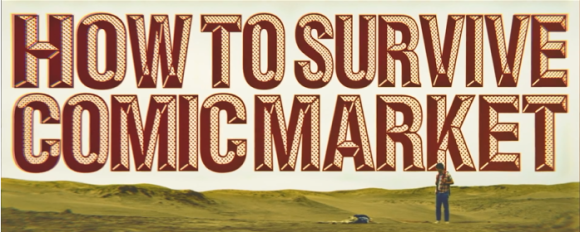
If you’re the outdoors type or athletically minded, summer might bring to mind trips to the beach or ballpark. But for anime and manga fans, summer means heading to Comic Market, also known as Comiket.
The country’s largest dojinshi (independently produced comics) convention will run from August 14 to 16 at Tokyo’s Big Sight. And while fun and passion are what draw the half-million-plus attendees, with so many people in one place it’s important for everyone to follow some basic rules of conduct, as explained in this English-subtitled video titled How to Survive Comic Market that follows one foreign otaku on his trek to the dojinshi paradise.
Japan has sort of a weird thing about providing translations on public service announcements about etiquette, as you’ll often see English text on posters about subway manners and before the start of movies in theaters (even when the feature is entirely in Japanese without any English subtitles). Nevertheless, Comiket has been attracting foreign attendees in increasing numbers, so it’s not entirely strange that How to Survive Comic Market has captions to help clue in viewers who don’t speak Japanese.
As the video starts, presenter Moe Tsurumi informs us that Comiket isn’t a free-for-all arena where anything goes in your quest to grab as much anime merch as you can.
On the contrary, she assures us that Comiket is “one of the most severe event[s] on the earth,” but then goes on to remind us that it’s also a “very attractive place.” In order to reconcile those two seemingly opposite ideas, she explains it’s important to follow some basic guidelines about how to behave at the convention.
We’re then introduced to our protagonist, Visitor.
▼ Seen here following the otaku dress code of a checked button-up shirt, jeans, backpack, glasses, headband, and a shiny layer of sweat.
Some of the rules, such as not driving to Comic Market (because parking can be hard to find near the venue) and not camping out on the street the night before the doors open probably weren’t part of most foreign attendees’ plans to begin with. The video also reminds guests to drink plenty of fluids, lest they suffer from dehydration and heat stroke, always concerns in the sweltering Japanese summer.
▼ Don’t end up like this otaku!
It’s also important to listen to the instructions of the staff members running crowd control, and to honor their standing request to not run. While Big Sight is not equipped with death rays (contrary to the video’s dramatization), sprinting to get to the next booth you want to check out can result in collisions and serious injuries.
And while a cosplay safari is half the fun of a day at Comiket…
…it’s considered good form to ask permission before snapping away with your camera, and upskirt shots are summarily prohibited.
▼ Again, death rays
Other tips include taking over holding the placard marking the end of a line as you join it and using small bills or exact change whenever possible in paying for purchases. The English subtitles also command attendees “When you buy, say quantities clear and loud…”
…but oddly enough, doesn’t seem interested in teaching viewers how to actually do that in Japanese. Because of that oversight, here’s a crash course in buying artwork (and if you’re a generous enough customer to buy more than three copies of an item, we think the seller will be more than happy enough even if you just hold up fingers to communicate how many you want).
● kore: this
● ichimai: one
● nimai: two
● sanmai: three
● zutsu: each
Primarily, though, the video wants visitors to remember to take care of their bodies during Comiket, and its producer, the in Jelly brand of nutritional supplement drinks, wants to be of help in that regard.
The video wraps up by proclaiming that it’s ready to help “Comiket warriors heading to the battle field,” and even when the fight is just for anime goodies, it’s good to know that you’ve got an ally.
Source, images: YouTube/Morinaga Seika

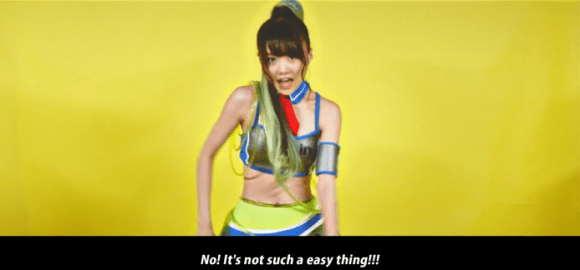
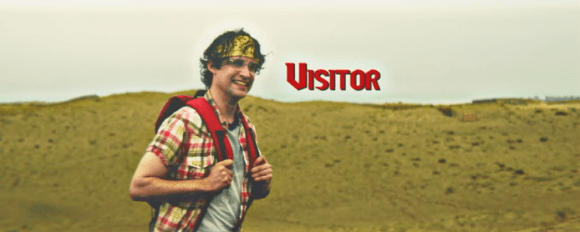
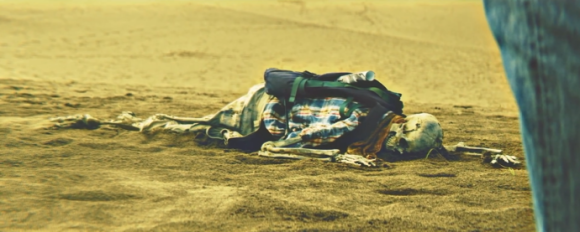
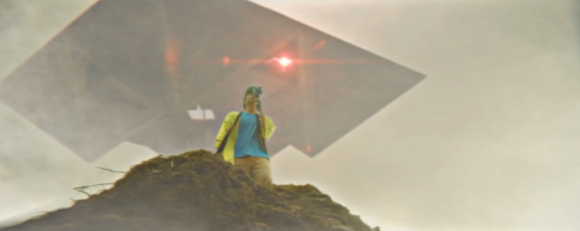
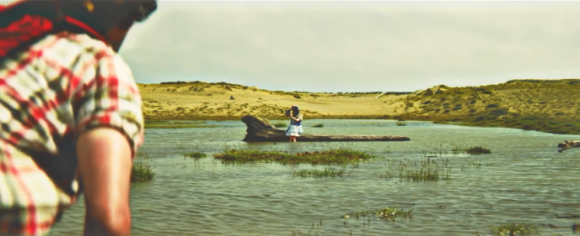

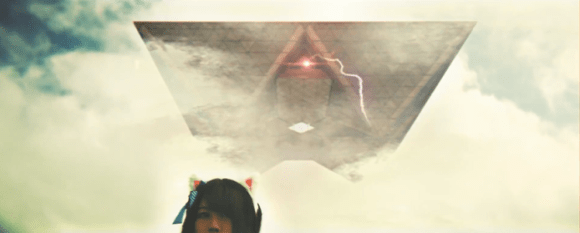

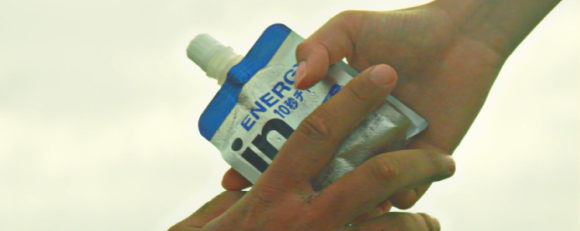
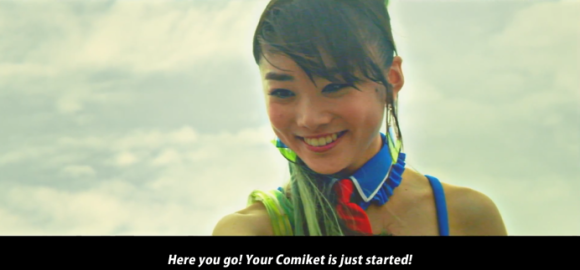
 Virtual dojinshi convention Comic Vket recreates the community joy of canceled otaku gatherings
Virtual dojinshi convention Comic Vket recreates the community joy of canceled otaku gatherings Tokyo train station and convenience store roll out otaku welcome for Comiket attendees 【Photos】
Tokyo train station and convenience store roll out otaku welcome for Comiket attendees 【Photos】 Time-lapse video shows the awesomely orderly efficiency of otaku lining up at Comiket【Video】
Time-lapse video shows the awesomely orderly efficiency of otaku lining up at Comiket【Video】 Biannual Comiket otaku migration attracts a predator for the first time 【Video】
Biannual Comiket otaku migration attracts a predator for the first time 【Video】 McDonald’s new Happy Meals offer up cute and practical Sanrio lifestyle goods
McDonald’s new Happy Meals offer up cute and practical Sanrio lifestyle goods More foreign tourists than ever before in history visited Japan last month
More foreign tourists than ever before in history visited Japan last month The oldest tunnel in Japan is believed to be haunted, and strange things happen when we go there
The oldest tunnel in Japan is believed to be haunted, and strange things happen when we go there Is the new Shinkansen Train Desk ticket worth it?
Is the new Shinkansen Train Desk ticket worth it? Starbucks reopens at Shibuya Scramble Crossing with new look and design concept
Starbucks reopens at Shibuya Scramble Crossing with new look and design concept Beautiful new Final Fantasy T-shirt collection on the way from Uniqlo【Photos】
Beautiful new Final Fantasy T-shirt collection on the way from Uniqlo【Photos】 Disney princesses get official manga makeovers for Manga Princess Cafe opening in Tokyo
Disney princesses get official manga makeovers for Manga Princess Cafe opening in Tokyo Arrest proves a common Japanese saying about apologies and police
Arrest proves a common Japanese saying about apologies and police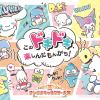 The 2023 Sanrio character popularity ranking results revealed
The 2023 Sanrio character popularity ranking results revealed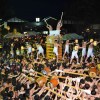 “Half-naked men only in loincloths” drum battle returns to Hida festival for first time in five years
“Half-naked men only in loincloths” drum battle returns to Hida festival for first time in five years We try out “Chan Ramen”, an underground type of ramen popular in the ramen community
We try out “Chan Ramen”, an underground type of ramen popular in the ramen community Foreign English teachers in Japan pick their favorite Japanese-language phrases【Survey】
Foreign English teachers in Japan pick their favorite Japanese-language phrases【Survey】 There’s a park inside Japan where you can also see Japan inside the park
There’s a park inside Japan where you can also see Japan inside the park Japanese convenience store packs a whole bento into an onigiri rice ball
Japanese convenience store packs a whole bento into an onigiri rice ball Studio Ghibli releases Kiki’s Delivery Service chocolate cake pouches in Japan
Studio Ghibli releases Kiki’s Delivery Service chocolate cake pouches in Japan Japan’s bone-breaking and record-breaking roller coaster is permanently shutting down
Japan’s bone-breaking and record-breaking roller coaster is permanently shutting down New definition of “Japanese whiskey” goes into effect to prevent fakes from fooling overseas buyers
New definition of “Japanese whiskey” goes into effect to prevent fakes from fooling overseas buyers Foreign passenger shoves conductor on one of the last full runs for Japan’s Thunderbird train
Foreign passenger shoves conductor on one of the last full runs for Japan’s Thunderbird train Our Japanese reporter visits Costco in the U.S., finds super American and very Japanese things
Our Japanese reporter visits Costco in the U.S., finds super American and very Japanese things Kyoto bans tourists from geisha alleys in Gion, with fines for those who don’t follow rules
Kyoto bans tourists from geisha alleys in Gion, with fines for those who don’t follow rules Studio Ghibli unveils Mother’s Day gift set that captures the love in My Neighbour Totoro
Studio Ghibli unveils Mother’s Day gift set that captures the love in My Neighbour Totoro Domino’s Japan now sells…pizza ears?
Domino’s Japan now sells…pizza ears? New Japanese KitKat flavour stars Sanrio characters, including Hello Kitty
New Japanese KitKat flavour stars Sanrio characters, including Hello Kitty Sales of Japan’s most convenient train ticket/shopping payment cards suspended indefinitely
Sales of Japan’s most convenient train ticket/shopping payment cards suspended indefinitely Sold-out Studio Ghibli desktop humidifiers are back so Totoro can help you through the dry season
Sold-out Studio Ghibli desktop humidifiers are back so Totoro can help you through the dry season Japanese government to make first change to romanization spelling rules since the 1950s
Japanese government to make first change to romanization spelling rules since the 1950s Ghibli founders Toshio Suzuki and Hayao Miyazaki contribute to Japanese whisky Totoro label design
Ghibli founders Toshio Suzuki and Hayao Miyazaki contribute to Japanese whisky Totoro label design Doraemon found buried at sea as scene from 1993 anime becomes real life【Photos】
Doraemon found buried at sea as scene from 1993 anime becomes real life【Photos】 Tokyo’s most famous Starbucks is closed
Tokyo’s most famous Starbucks is closed One Piece characters’ nationalities revealed, but fans have mixed opinions
One Piece characters’ nationalities revealed, but fans have mixed opinions We asked a Uniqlo employee what four things we should buy and their suggestions didn’t disappoint
We asked a Uniqlo employee what four things we should buy and their suggestions didn’t disappoint Princesses, fruits, and blacksmiths: Study reveals the 30 most unusual family names in Japan
Princesses, fruits, and blacksmiths: Study reveals the 30 most unusual family names in Japan Studio Ghibli’s new desktop Howl’s Moving Castle will take your stationery on an adventure
Studio Ghibli’s new desktop Howl’s Moving Castle will take your stationery on an adventure Poisonous spider found at venue of Tokyo’s biggest anime convention one week before it kicks off
Poisonous spider found at venue of Tokyo’s biggest anime convention one week before it kicks off Return of Comiket doujinshi manga convention announced for 2021 in Tokyo
Return of Comiket doujinshi manga convention announced for 2021 in Tokyo The Comiket Cloud: Anime convention’s attendees reportedly creating weather
The Comiket Cloud: Anime convention’s attendees reportedly creating weather Blast from the past: cosplayer’s retro otaku outfit hits nostalgic notes with netizens
Blast from the past: cosplayer’s retro otaku outfit hits nostalgic notes with netizens Comiket returns! Japan’s largest otaku convention announced for 2021 with new admission policies
Comiket returns! Japan’s largest otaku convention announced for 2021 with new admission policies The cosplay of Comiket 88: Sailor Moon, Splatoon, Love Live! and more【Photos】
The cosplay of Comiket 88: Sailor Moon, Splatoon, Love Live! and more【Photos】 Japanese Twitter user reveals why taxi drivers flock to Big Sight during Comiket
Japanese Twitter user reveals why taxi drivers flock to Big Sight during Comiket Biannual running of the otaku fails to take place for second time in a row
Biannual running of the otaku fails to take place for second time in a row The beautiful cosplayers of summer Comiket 2018【Photos】
The beautiful cosplayers of summer Comiket 2018【Photos】 Comiket for beginners: 7 tips for surviving Summer Comic Market
Comiket for beginners: 7 tips for surviving Summer Comic Market Tokyo politician creates dojinshi manga, will be at Comiket selling it
Tokyo politician creates dojinshi manga, will be at Comiket selling it The best Japanese cosplayers from Day 3 of Winter Comiket 2018【Photos】
The best Japanese cosplayers from Day 3 of Winter Comiket 2018【Photos】 Otaku Lovers: Japan’s new singles event that’s just for hardcore anime and video game fans
Otaku Lovers: Japan’s new singles event that’s just for hardcore anime and video game fans Free anti-embarrassment bags to be handed out at Comiket
Free anti-embarrassment bags to be handed out at Comiket Recent opening dash of 2018 Winter Comiket the last in the Heisei era, new race tactic observed
Recent opening dash of 2018 Winter Comiket the last in the Heisei era, new race tactic observed Lawson convenience store sets up shop in Japan’s Parareal Akihabara metaverse
Lawson convenience store sets up shop in Japan’s Parareal Akihabara metaverse
Leave a Reply